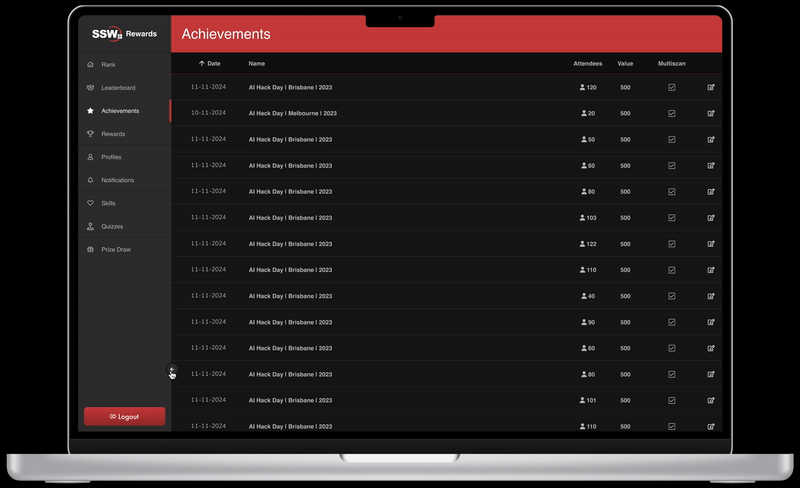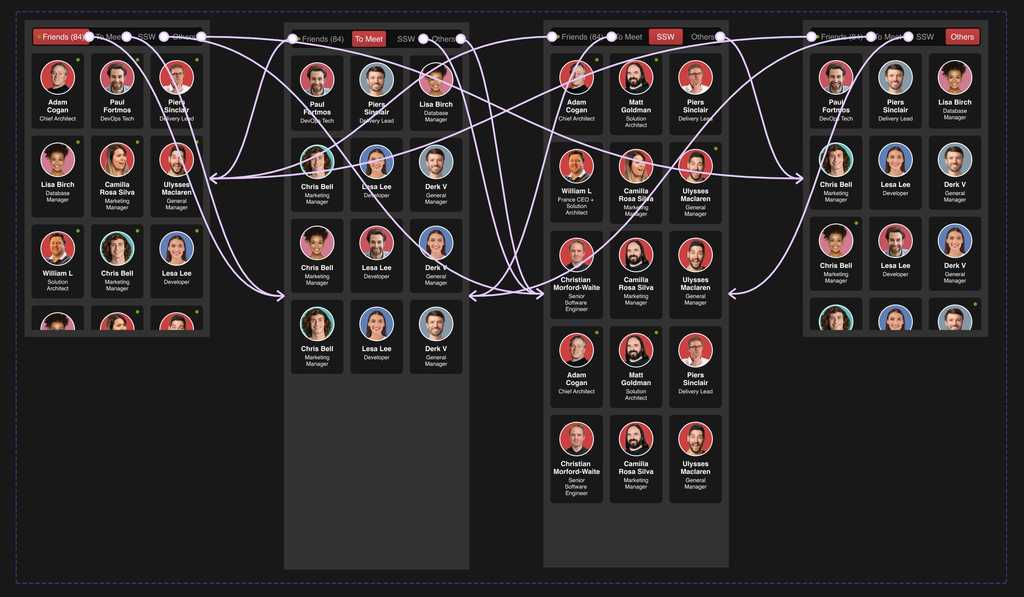Do you build interactive prototypes in Figma?
Last updated by Joseph Fernandez [SSW] 5 months ago.See historyFigma is a powerful design tool that offers several prototyping features that are valuable for UI designers. Here are a few of the top Figma prototyping features:
Video: Figma Tutorial: Prototyping & Transitions (5 min)Best practices for prototyping:
Create interactive components
Add interactions to your Figma components (vs Frames) to create more dynamic and scalable interfaces. You can define different states of a component, such as default, hover, active or focus and make transitions between these states. This helps simulate how users interact with the final product, providing a more realistic representation of the user experience.
Design responsive layouts
Responsive design is the backbone of creating exceptional user experiences across various devices, and in the realm of design, Figma stands out as an invaluable tool for bringing this concept to life. Responsive design is not just about adapting to different screen sizes; it's about crafting interfaces that seamlessly adjust to diverse contexts, ensuring usability and visual coherence. Figma provides a comprehensive set of features that enable designers to create responsive layouts, preview designs across breakpoints, and streamline the entire responsive design process.

Bonus tips
- Start with low-fidelity prototypes
- Focus on key interactions
- Consider user flow and navigation
- Use realistic content
- Test on real devices
- Accessibility considerations
- Maintain consistency

